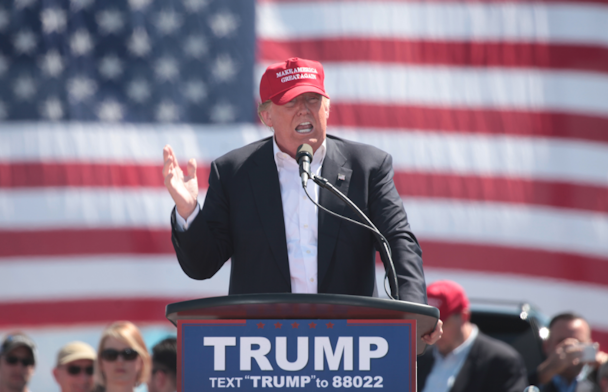When facts and reason won’t cut it: how advertisers can reach consumers in a post-truth world
Anger is a response. A secondary emotion, provoked by pain of some kind. People get angry when they feel rejected, threatened, experience loss, and it can act as a form of self-protection. It is a psychological distraction from more painful feelings of powerlessness and vulnerability. Feelings that make you feel small.

When facts and reason won’t cut it: how advertisers can reach consumers in a post-truth world
But moving these feelings outward by becoming angry – towards a state, or a political party or system, for example, shifts your focus elsewhere and makes you feel bigger.
A vote of any kind, but Brexit and the American elections in particular, provided a great opportunity for people who felt forgotten, threatened and vulnerable to vent their anger and assign blame.
When people are in this state, they are more likely to reject the status quo and the expertise of establishment figures. Received wisdom can be thrown out of the window and replaced by a something, anything, that sounds new and different. This is why a “don’t risk it, we’re better off together” message may well have fallen on deaf ears in both cases.
The truth is that we need to try to find a new way of mobilising people and shifting their mood away from anger to a state in which full, positive conversations can be had and solutions found.
Here are eight ways to break the anger cycle in a post-truth world:
Empathise with the public
Anger needs to be acknowledged before it can be dissipated. Ignoring it, or placating it, won’t work. You need to look it in the eye and address it directly, just as Theresa May did on the Downing Street steps when she took office after Brexit.
Do not rely solely on facts or reason
Given that angry people don’t tend to be interested in long, complex speeches (their primal brain isn’t really capable of taking it in), now is not the time to try to have a rational and nuanced speech prepared on complex matters of policy. It will go in one ear and out of the other and probably frustrate people more.
Use a defining image
Visual content reaches an individual’s brain in a faster, and more understandable, way than textual information. This is because a person's brain is hardwired to make sense visually and extremely quickly: 90% of all information comes to the brain visually and 40% of nerve fibres to the brain are linked to the retina. Our feelings are tethered to our eyeballs.
Arm supporters by creating a call to action
A call to arms is a good way to mobilise the angry and create a connection with them. It then makes it possible to dissipate the anger they have and create a shared agenda. Just remember the results this kind of work got for Obama in The Great Schlep, which encouraged young Jewish Americans in Florida to speak to their grandparents and urge them to reconsider their position on the then Presidential candidate. It resulted in the highest number of elderly Jewish votes made in the state in 30 years – and Obama won the majority vote in the swing state.
Use ideas that speak to everyone
Clearly, to capture the hearts and minds of millions, simple ideas that everyone can feel and believe in are needed. You need to create a higher purpose and vision to make people feel there is a cause bigger than themselves to believe in.
Get the timing right
As with all things in life, timing is everything. Events, popular culture and the news agenda provide powerful moments which can be utilised to make a message event more powerful. The John Lewis Christmas ad this year was an uplifting and charming twist on its usual tear-jerker, and it, allegedly, delayed the airing for a week until the day after Trump won. If this is true, it is a genius act of uplifting timing for the UK.
Be funny or transgressive
Burst the anger bubble by being unorthodox and surprising, transgressive and funny. It is so hard to hold anger and humour in your head at the same time and, if you get the tone right, you can disempower the opposition.
Nazis against Nazis is a great example of this. Neo-Nazis in a small German town found themselves the target of an anti-fascist prank when they decided to stage a march through the streets of Wunsiedel. Without realising it, they became the centre of a sponsored walk and inadvertently raised €10,000 for an anti-extremist organisation.
Don't just ‘do’ advertising
Advertising alone doesn't have the muscle to change a nation's mood. You are not making ads, you're providing visuals for newspapers, stimulation for social media, and all with dizzying speed. You need to fuel the 24-hours-a-day news agenda.
Remember, you're not creating campaigns, you're campaigning for something that you, and millions of others, believe in.
Juliet Haygarth is chief executive at BMB
